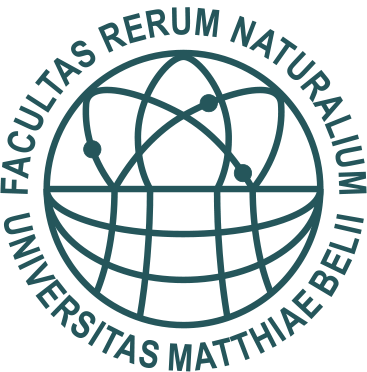CHARAKTERISTIKA ANTROPOGÉNNYCH VPLYVOV NA KRAJINU ZÁPADNEJ ČASTI LOPEJSKEJ KOTLINY
HISTORICKO-GEOGRAFICKÁ CHARAKTERISTIKA ANTROPOGÉNNYCH VPLYVOV NA KRAJINU ZÁPADNEJ ČASTI LOPEJSKEJ KOTLINY A PRIĽAHLEJ HORSKEJ OBRUBY
HISTORICAL-GEOGRAPHICAL CHARACTERISTICS OF ANTHROPOGENIC IMPACTS ON LANDSCAPE OF THE WESTERN PART OF THE LOPEJSKÁ KOTLINA (LOPEJ BASIN) AND OF THE ADJACENT MOUNTAIN SLOPES
Pavel HRONČEK
Technická univerzita Košice, Fakulta baníctva, ekológie, riadenia a geotechnológií, Ústav zemských zdrojov, Oddelenie geo a montánneho turizmu, Boženy Nemcovej 32, 042 00 Košice, e-mail: phroncek@gmail.com
Abstract
Based on historical-geographical research, the monographic study provides an analysis of the historical landscape and its changes due to anthropogenic activities in the geographical area of the western part of the Lopejská basin and the adjacent mountain slopes. Reconstruction of the landscape development was processed on the basis of archival research and critical evaluation of textual and cartographic sources, historical-geographical analyses, respectively synthesis and on the basis of detailed field research aimed at identifying anthropogenically conditioned relics and created anthropogenic elements preserved in the present country.
By natural development, the country of the studied area acquired in the Iron Age (700 years BC - the turn of the century) such a character as it should at present, without large-scale human interventions. The climate and vegetation have stabilized. Due to anthropogenic activities, the country changed only gradually, the economic axis was the river Hron, along which the settlement moved further east and concentrated economic life. Initially, changes in the landscape were minimal, more significant anthropogenic influences on the landscape were recorded only after its definitive settlement at the end of the Middle Ages, i.e. in the 15th century. In the quasi-natural landscape, the main economic activities in this geographical area have been reflected since the middle ages.
In addition to the settlement process and related activities (development of settlement, maintenance of roads), it was mainly forest work and related crafts (logging, timber transport, coal mining, production of shingles and wood products, etc.), agriculture (especially pastoral farming), carriage, mining, timber rafting, etc.
We processed the reconstruction of the landscape and its development under the influence of the main anthropogenic transformation factors until the end of the 18th century. The landscape of the analysed area represents an interesting historical landscape in individual time horizons, which has been created in the given geographical area since the middle ages and in the vicinity of three river fords created a specific genius loci.
Key words:
historical-geographical analysis, field research, landscape reconstructions, anthropogenic activities, relics, historical landscape
